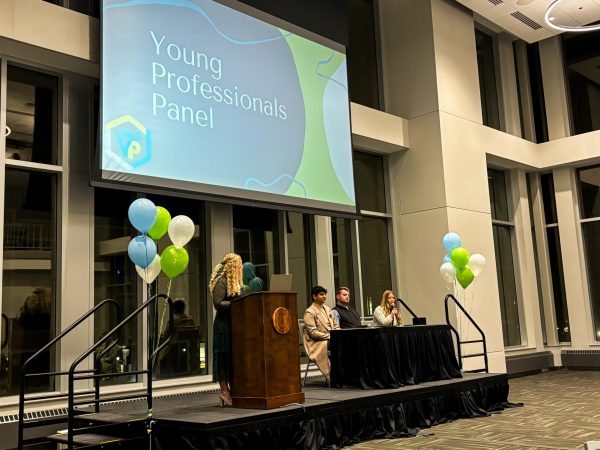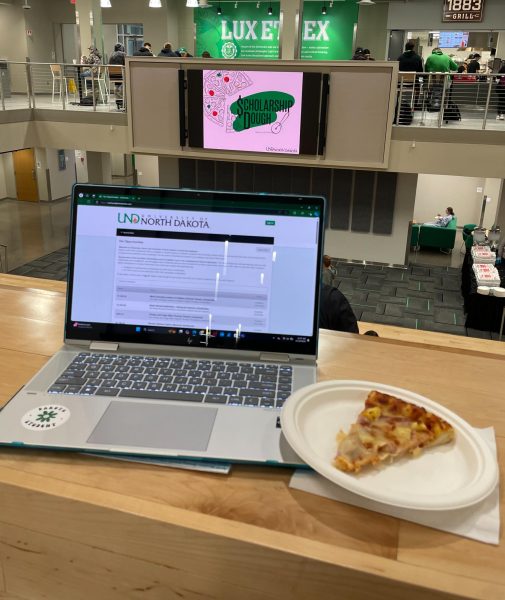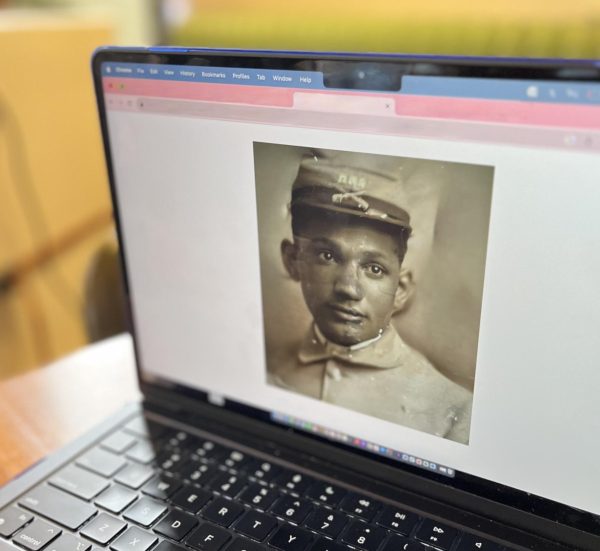Research seeing upswing
With millions of dollars in funding each year, UND continues to thrive as an active research institution. The university had around $103.8 million in total research program expenditures for fiscal year 2013, according to the Annual Report of Sponsored Program Activity.
This amount is divided across all departments and awarded to faculty for a variety of research projects. Funding contributes to not only research itself but also to instruction, public service, scholarship and faculty travels that relate to research. The most active departments include aerospace sciences, computer sciences, medicine and health, energy and environmental sciences and engineering. The Energy and Environmental Research Center alone was allocated more than $35 million for the year.
The large amount of money going into UND research produces an economic output that benefits the state of North Dakota and our region. $202.2 million in economic output was produced in 2013, and research provided 1,417 jobs.
“A major benefit of our research is jobs,” said Michael Moore, associate vice president for intellectual property commercialization and economic development. “A lot of people are hired for research, and they are valued members of the university.”
Moore also said research helps the economy by generating cash flow.
“Faculty get funding for research, and then use their findings to get more funding and continue their research,” Moore said. “This helps leverage any dollars that the state puts in — they take it to work, get more, and continue development.”
Most funding is provided by the government and has decreased in the past year because of sequestration, but research activity remains strong with support from other sources such as foundations and non-profit sponsors. The number of grants in 2013 from both the government and these sources was 500 and totaled $82.2 million.
Although this is a 5.7 percent decrease from the previous year, funding over the past decade has still increased by 34.4 percent. This support has played a key role in the success of UND’s research efforts, but the administration’s support also has been vital, according to Moore.
“President Robert Kelley and Provost Thomas DiLorenzo are big supporters of the research enterprise at UND and the potential intellectual property that comes with that,” Michael Moore said. “They encourage research, and the faculty usually follow.”
The potential intellectual property that Moore mentioned refers to the inventions and innovations that result from faculty’s work. He said that some of the most important of these innovations include work that is being done with unmanned aircraft systems.
“There is a large group of intellectual property from the Odegard school involving development of unmanned aircraft systems, because we are a designated FAA test site,” Moore said. “The intellectual property emerging from the research there is important for the campus.”
In the last year, UND claimed 30 disclosures — details on an invention submitted for a patent. The university applied for 12 patents and had five patents issued for inventions created by professors in the areas of chemistry, biology, computer science and engineering.
The numbers increased from 2012, and the net revenue from licensing also went up, to nearly $150,000. Moore said these numbers can be expected to keep rising in years to come.
Emmy Erbes is a staff writer for The Dakota Student. She can be reached at [email protected].







